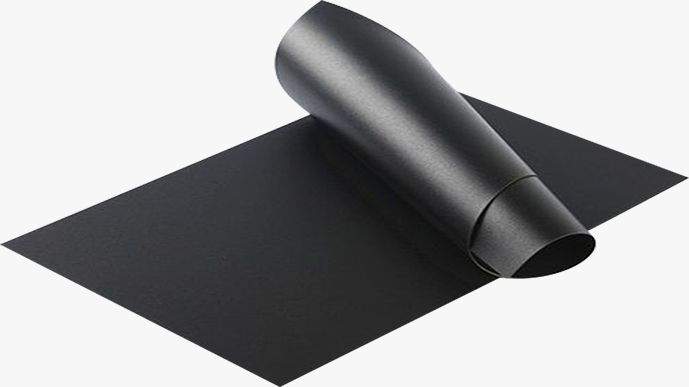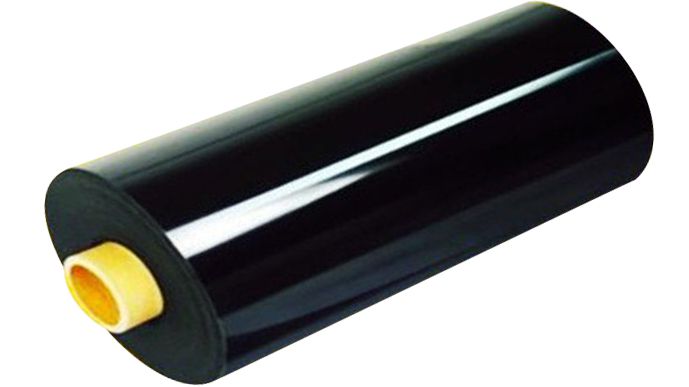What is the difference between conductive foam and anti-static foam?
source: Shoot Pageviews: time:Dec 11, 2021
describe:
Conductive foam and anti-static foam have the characteristics of heat insulation, sound insulation, noise reduction, not easy to wear, no chemical corrosion, very easy to form, compressive strength, and good wear resistance on other levels.
What is the difference between conductive foam and anti-static foam?
Conductive foam is a foam with a layer of conductive cloth pasted on the surface. It has very good conductivity. The resistor of conductive foam is 10^3-10^6. Pay attention to its quality when applying it. Conductive chemical fiber cracked on the top Often cause a short circuit. Conductive foam and anti-static foam have heat insulation, sound insulation, noise reduction, abrasion resistance, not easy to wear at other levels; no chemical corrosion: no erosion of electronic devices and turnover materials; excellent secondary Production and processing performance, very easy to form, compressive strength, good wear resistance; high-quality buffer shock absorber performance: separate and delicate closed cells and other characteristics.

Conductive/anti-static foam is made by extruding high-pressure polyethylene or modified high-pressure polyethylene with conductive fillers and antistatic agents. After radiation cross-linking, high-temperature polyurethane foam is used to prepare conductive/anti-static plastic foam. Its surface resistivity and volume resistor are 10^3-9 Ω. It is characterized by permanent conductivity/anti-static. The conductivity/anti-static performance will not be harmed by the relative humidity of the air. The surface is smooth and clean, environmentally friendly, and easy for secondary forming. It is widely used in the production and assembly line of display screens, mobile phones, 3G terminal equipment, computers/especially notebooks, optoelectronic components, PCB boards, production workshop capital turnover and electronic equipment that is easy to cause static electricity during transportation. Anti-static foam is similar to a very large resistor, and has very weak conductivity. In theory, the tearing compressive strength is better than that of conductive foam.

Anti-static foam
Anti-static foams are generally not conductive, and energy-saving foams made of EVA materials are common today. Now that it is anti-static, it should be the oxidation-reduction potential. The two are the same. One way to prevent static is to use conductive objects to remove static electricity. For example, the foam of mobile phone LCD screens is mainly used for anti-pollution. Moisture-proof, anti-static key is handled according to UI shielding or copper foil tape. The paper exit of the copier is always equipped with a soft bristled brush, which is anti-static, called an electrostatic brush. Conductive foam is guaranteed by EMC and ESD.
The resistance value of anti-static foam and conductive foam has a range, 3 to 6 cubic is conductive, and 3 to 9 is anti-static. Because of the difference in resistance value, the half-life of the electrostatic drug of the conductive foam is much lower than that of the anti-static foam. At the same time, the electrostatic working voltage of the conductive foam is also far lower than the anti-static electrostatic working voltage. ; But both can release positive charge automatically. Anti-static foam is to disperse the potential difference caused by the whole process of commodity transportation into the foam and further reduce static electricity damage. According to the breakdown voltage of different commodities and the office environment, the positive charge loss of anti-static foam is slower and more suitable. For electronic equipment with small and precise breakdown voltage, the positive charge loss of conductive foam is faster and the breakdown voltage is large or the positive charge must be lost more quickly.







